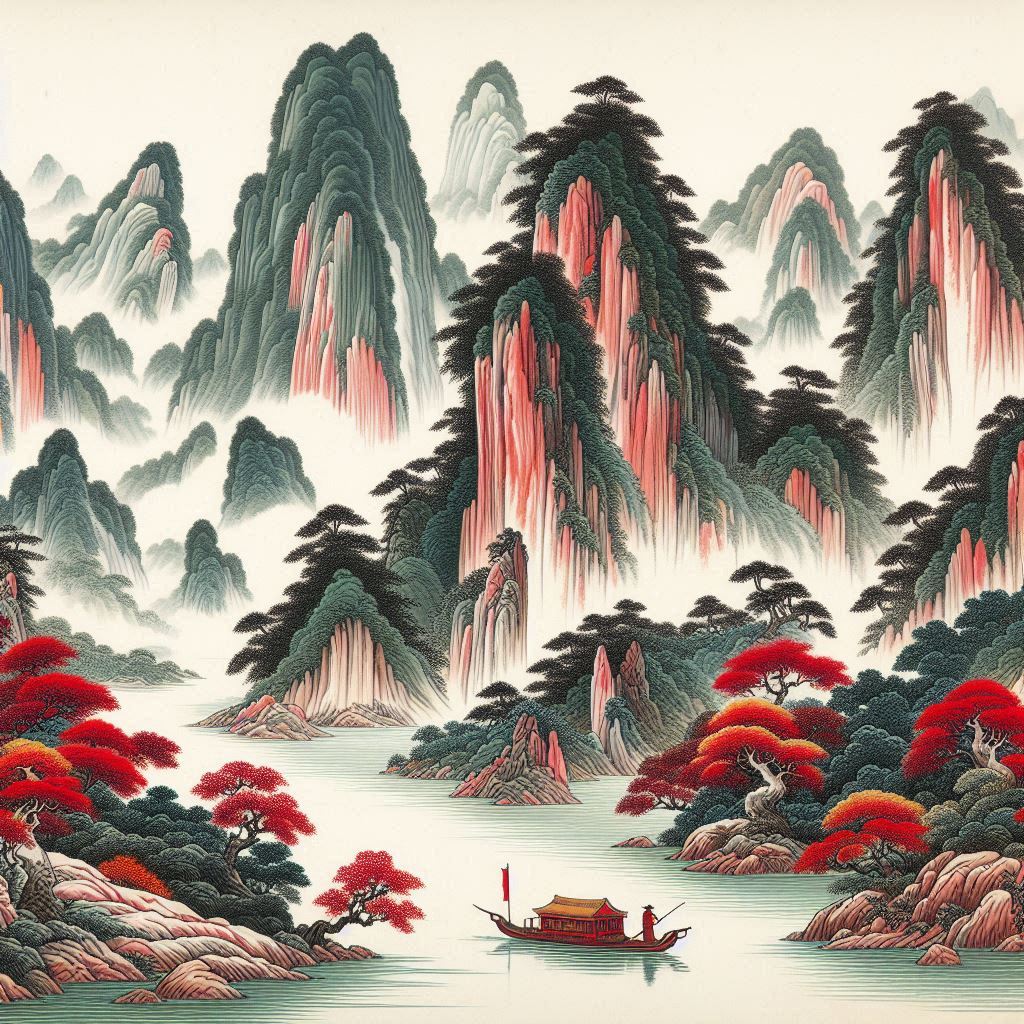Introduction to the disharmony
Major symptoms:
- nosebleed
- coughing up blood
- spitting blood
- vomiting blood
- blood in the urine
- blood in the stool
- internal bleeding
Bleeding can be caused by several underlying conditions. One is called “heat in the blood”. It develops when the heat from a febrile disease enters the blood and is the most serious stage of infectious disease(1).
Whenever there is heat there is movement; the more intense the heat - the more intense the movement. For example if you put some water in a pot, the water will settle in and remain still, but when you put the pot on a stove and turn the heat on, the water will start boiling/moving. Thus heat induces movement. "Heat in the blood" means that the blood moves strongly and recklessly, often forcing out of the blood vessels, causing bleeding.
Trauma and blood stagnation are the other causes for bleeding.
This class of herbs works symptomatically and stops bleeding but the underlying conditions for the bleeding needs to be also investigated and addressed. In the case of “heat in the blood” herbs that cool the blood should be added; and in the case of blood stagnation, blood invigorating herbs should be added(1).
Major Chinese herbs
Xian He Cao (Agrimonia pilosa) is a stop-bleeding herb that some sources translate as “immortal crane herb”(1) and others as “red-crowned crane’s herb”(2). It is widely used for all types of bleeding with different aetiologies. Studies have shown that this herb can increase and protect blood platelets(2). Another widely used herb to treat bleeding, both external and internal, is San Qi (Panax notoginseng). San Qi translates as the numbers 3 and 7. Some sources explain that the name of the herb is 3 7 because the herb is effective when it is between 3 and 7 years old. Before or after that time it is not helpful(2).
Three herbs that stop bleeding and also have the property to generate flesh - good for topical application on sores - are Bai Ji (Bletilla striata), Di Yu (Sanguisorba officinalis L.) and Da Ji (Cirsium japonicum)(1). Mugwort leaf – Ai Ye (Artemisia argyi) – is a central herb in Chinese medicine. Chinese believe that when burned mugwort is the only herb that has the property to pass through the skin and tissue, and enter the channels (meridians). Mugwort leaves are pressed into cones or long cylinders and in a save distance from the skin burned over acupuncture points. This type of treatment is mostly used for “cold” conditions, yet experienced practitioners also know how to clear heat with this method. When compressed, burned, and used externally this herb in the West is known as “moxa” and the treatment method is known as “moxibustion”.
Ai Ye is also taken internally and belongs to the class of herbs that stop bleeding. It warms the abdomen and benefits infertility. Another major herb in the "stop bleeding" category is roundhead bulrush - Pu Huang (Typha angustifolia L.). It both astringes and invigorates blood(1). When raw, this herb diffuses coagulation, when fried - it stops bleeding(2).

Healing foods
Foods that have the quality to stop bleeding are astringent foods or foods with general hemostatic properties.
To unlock the rest of this article select "Yes, I want to learn!" below.

Food therapy is the most economical and non-toxic biochemical approach to health and disease. Food is something we continuously use to sustain our lives. Learning what foods are healing (and what disruptive) for each condition has the potential to convert every meal into a form of therapy.
YS
(1) Benski, Dan & Gamble, Andrew (1993). Materia Medica, Revised Edition. Seatle: Eastland Press, Incorporated
(2) Lu, Henry (2005). Chinese Natural Cures. New York: Black Dog & Leventhal Publishers, Inc.
(3) Pitchford, Paul (2002). Healing with Whole Foods. Berkeley: North Atlantic Books
(4) Holmes, Peter (1998). The Energetics of Western Herbs. Boulder: Snow Lotus Press, Inc.
Related Articles:
Herbs That Invigorate the Blood
Note: This site and its services are to consumer educational use only. Nothing contained in this site is or should be considered, or used as a substitute for medical advice, diagnosis or treatment. We advise users to always seek the advice of a physician or other qualified professional with any questions regarding personal health and medical condition. Please read our Disclaimer









